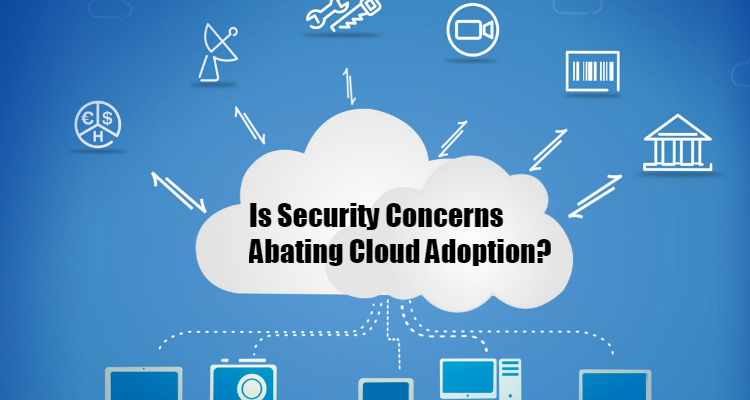Cloud technology have remained at a leading edge over a long period now not only in the IT world, but also in other business and non-profit sectors. The technology offers a range of unparalleled benefits that is encouraging more organizations to adopt it. Organizations mainly moving to cloud due to utility computing and value-for-money. Cloud is totally a worth investment given its ability to improve business productivity, and economic benefits and quality-driven services to provides to its end-users. In spite of all of these privileges, many organizations are still reluctant to using cloud solution due to security concerns.
According to a recent survey, majority of concerns related to cloud technology were related to cost or security, as IT operators were more concerned that adopting cloud solutions may put their business at risk or affect their bottom line. The reports included that even though most of them believed that they would earn sound ROI, half of them didn't expect any positive comeback in terms of investment. Moreover, there were distinct opinions among organizations regarding the duration it would take them to earn a complete return on investment.
But cost isn't the only or topmost concern for IT operators. Many organizations are confident that cloud can help them reap cost benefits mainly by reducing capital expenditures and operational expenditures. So it the security part that organizations are more concerned about and give high importance to.
Security in cloud-dominated organizations
Security solutions used in a cloud environment need to be modified to match the design of the cloud, which means that it has to be robust enough to tackle the all the threats and not limited to local machines. Cloud service providers need to think beyond the traditional concepts and bring about techniques that can provide complete protection. The major alteration for security staff in the cloud environment is likely having to share responsibilities with cloud service providers that take care of software and data center upon which organizations highly rely. Here's what organizations need to keep a check upon –
-
How and when terms of service are updated and what the changes mean for the cloud service provider and the end user.
-
What data encryption options the cloud service provider deliver, and whether or not additional encryption of files before they are moved to the cloud is merited.
-
The location of the data in the cloud and the physical security measures put into effect in the facility.
-
What password protection is provided and whether two-factor authentication is enabled.
Cyber security solutions can help by offering real-time insight into network activity, helping IT managers match pace with increasingly complicated workloads running on many different systems.

